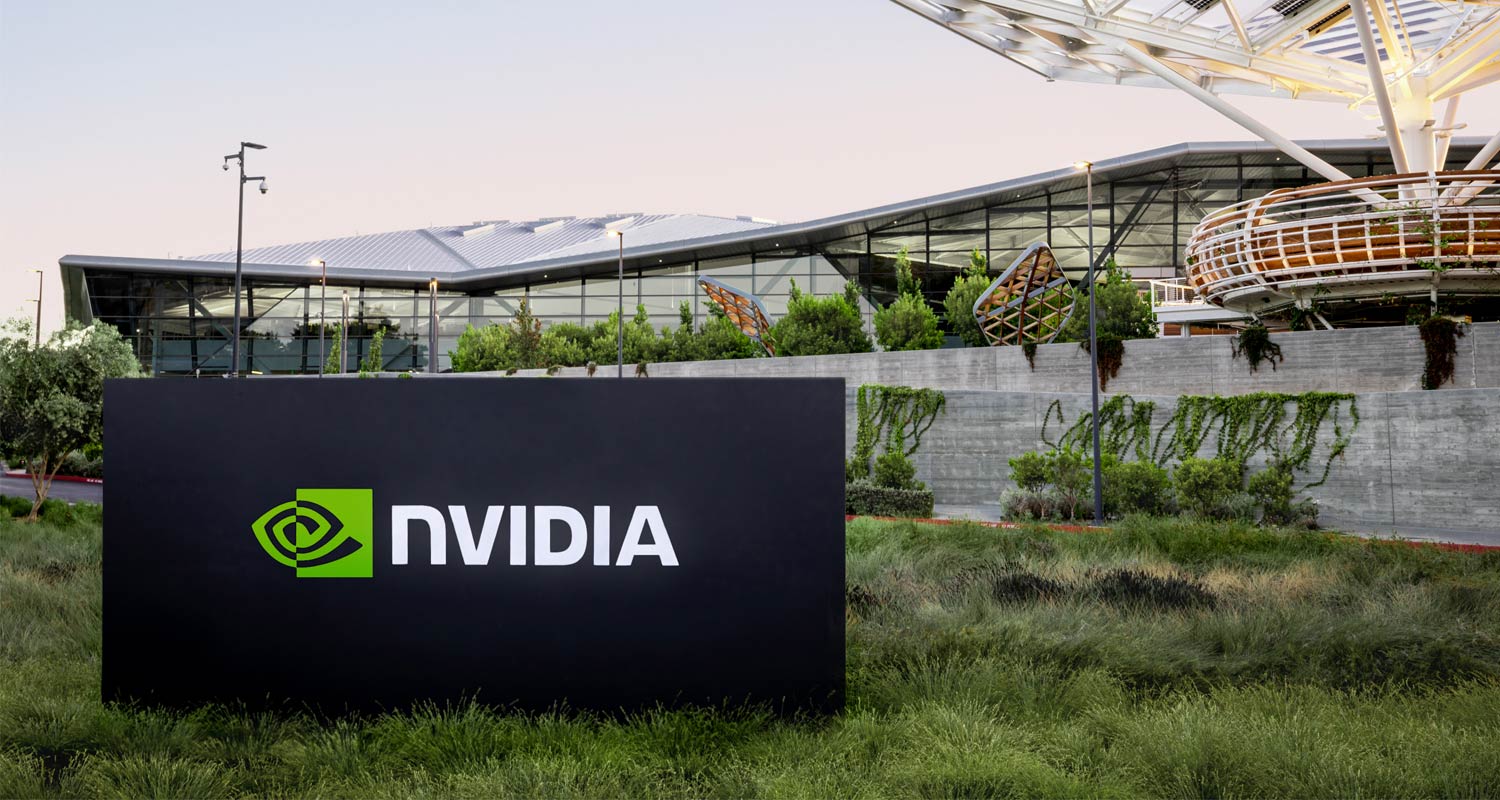After several months in the wilderness, Nvidia shares have found their way again as doubts about Big Tech spending subside, trade tensions with China ease and new chip buyers emerge.
The stock rallied this week and is on track for the best month in a year after a series of long-term sales agreements during US President Donald Trump’s trip to the Middle East. That followed a tariff detente between the US and China and an earnings season that showed Nvidia’s biggest customers remain full-steam ahead on capital spending related to artificial intelligence infrastructure, where the chip maker dominates.
The stock has now advanced 43% from an April low and is less than 6% from where it closed on 24 January, the day before the emergence of DeepSeek’s R1 model sparked fears that cheaper AI development would hurt sales, sending Nvidia and other technology stocks tumbling.
“This season showed that the hyperscalers continue to increase their estimates for what they’re going to spend, and Nvidia remains the primary beneficiary of that capex,” said Robert Ruggirello, chief investment officer at Brave Eagle Wealth Management. “Everyone wants off the train before the party stops, but I don’t know why they expect it to stop.” With respect to spending on AI, “I think we’re in the second inning of a nine-innings game”.
Since the start of the month, Nvidia has blown through both its 50-day and 200-day moving averages, positive technical signals for both its near- and long-term momentum. The rally has added about US$1-trillion in market capitalisation since its April low, pushing it ahead of Apple in market capitalisation. At $3.3-trillion, Nvidia is now second only to Microsoft’s $3.4-trillion among the world’s biggest stocks.
Stark turnaround
Nvidia’s latest rally marks a stark turnaround from the biggest drawdown in the stock since 2022. At its low last month, the chip maker’s shares had fallen 37% from a January all-time high amid concerns that Big Tech’s chip-buying binge was set to cool and trade hostilities between the US and China threatened a key market.
Instead of pulling back, tech giants upped the ante. Microsoft and Alphabet pledged to spend even more next year, while Meta Platforms raised its forecast for capital expenditures on the back of AI-related demand tailwinds. Along with Amazon.com, capital expenditures for the four companies are projected to reach nearly $330-billion in 2026, up 6% from estimated spending this year.
Read: Nvidia unveils next-gen AI chips: Vera Rubin and beyond
While risks of a negative shift in US trade policies with regard to China remain, Wall Street has been encouraged by new business opportunities in the Middle East.
Bank of America on Wednesday raised its price target on Nvidia to $160 from $150 and reiterated its buy rating on the stock. Analyst Vivek Arya estimated commitments for an infrastructure project in Saudi Arabia reported this week could generate as much as $5-billion annually for Nvidia and competitor AMD and help offset lost sales as a result of chip export restrictions on China.
 Wall Street remains almost uniformly positive on the stock, and it trades 20% below the average analyst price target, making for the second-highest implied return among Magnificent Seven stocks, behind Alphabet
Wall Street remains almost uniformly positive on the stock, and it trades 20% below the average analyst price target, making for the second-highest implied return among Magnificent Seven stocks, behind Alphabet
Meanwhile, the valuation on Nvidia shares has staged a comeback from the cheapest relative to anticipated profits since 2019, but it remains below the long-term average. After the shares briefly traded under 20x earnings estimated over the next 12 months, they are now priced at 28x, compared with an average of almost 35x over the past decade. The S&P 500 Index carries a multiple of 21.6.
Nvidia is expected to grow revenue 54% in its 2026 fiscal year, which finishes at the end of January. The company is due to report its next batch of earnings after the market close on 28 May.
“There’s usually a cost for owning the kind of growth Nvidia offers, but the valuation isn’t far from multi-year lows or the overall market, which is a testament to how attractive the investment profile is,” said Andre Bakhos, president of Ingenium Analytics.
“Right now, all the metrics are playing out in Nvidia’s favour: the technical strength in the stock, the valuation and the growth profile, especially with new markets in the Middle East. That just shows you how hard it is to break a trend when the fundamentals are so sound.” — Jeran Wittenstein and Ryan Vlastelica, with Charlotte Yang, Claire Che and Luz Ding, (c) 2025 Bloomberg LP
Get breaking news from TechCentral on WhatsApp. Sign up here.
Don’t miss:
Nvidia CEO: humanoid robot revolution is closer than you think
Crédito: Link de origem

